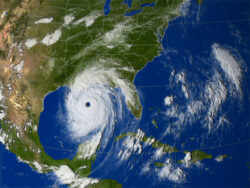Folklife

1873 Comus Parade
Mardi Gras of 1873 provided the occasion for a bold display of political commentary and costume artistrly by the Mystick Krewe of Comus.

Mardi Gras of 1873 provided the occasion for a bold display of political commentary and costume artistrly by the Mystick Krewe of Comus.
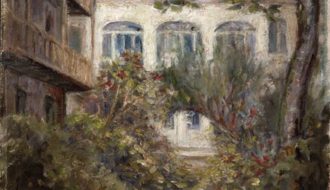
Alberta Kinsey settled in New Orleans in the 1920s where she was actively associated with the French Quarter Renaissance.
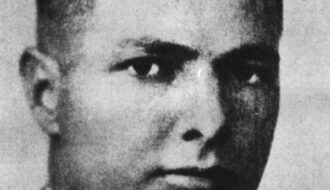
Alvin King served as governor of Louisiana for five months during a political power struggle between Huey P. Long and Lieutenant Governor Paul Cyr.

Catherine D. Kimball was the Chief Justice of the Louisiana Supreme Court from 2009 to 2013.
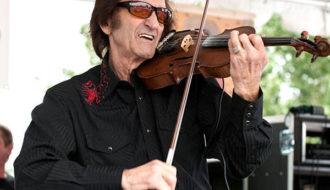
Doug Kershaw is a Cajun fiddler, singer, and songwriter who cemented his place in American popular music at the height of the 1960s counter-culture movement with two self-penned hits, "Louisiana Man" and "Diggy Diggy Lo."
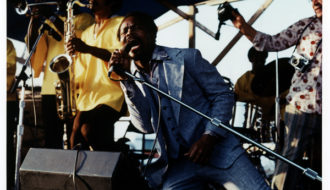
The late New Orleans rhythm & blues artist Ernie K-Doe remains an iconic figure in Crescent City music and culture.
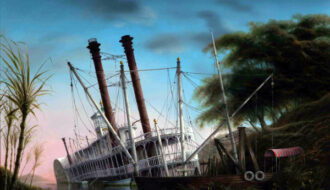
Artist Felix Kelly spent decades painting in the Deep South, often depicting themes of romanticized declining mansions and steamboats along the Mississippi River.
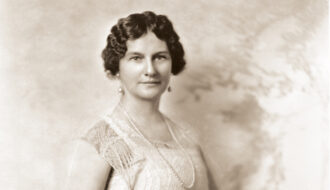
Francis Parkinson Keyes first visited New Orleans during Mardi Gras in 1940 when she was 55 years old. Enthralled with the city, Keyes rented a grand home in the French Quarter and set many novels there, including "Dinner at Antoine's," published in 1948. Keyes died in her home in New Orleans on July 3, 1970.
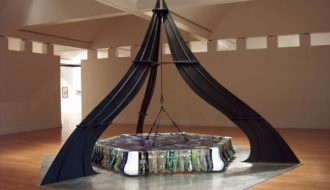
Koss founded Tulane University's glass studio in 1977, thus ushering the art-glass movement into New Orleans.
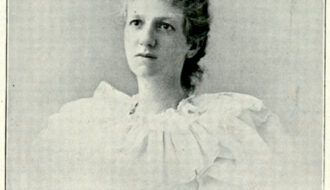
New Orleans novelist and historian Grace King made the city and state of her birth an abiding theme in her work.
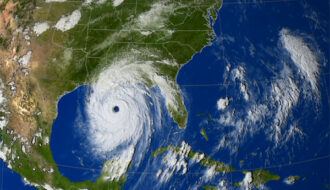
Hurricane Katrina’s landfall in Louisiana and the subsequent levee failures resulted in one of the worst disasters in United States history.

Hurricane Katrina and the flooding that followed brought international attention to Louisiana.
One-Year Subscription (4 issues) : $25.00
Two-Year Subscription (8 issues) : $40.00
